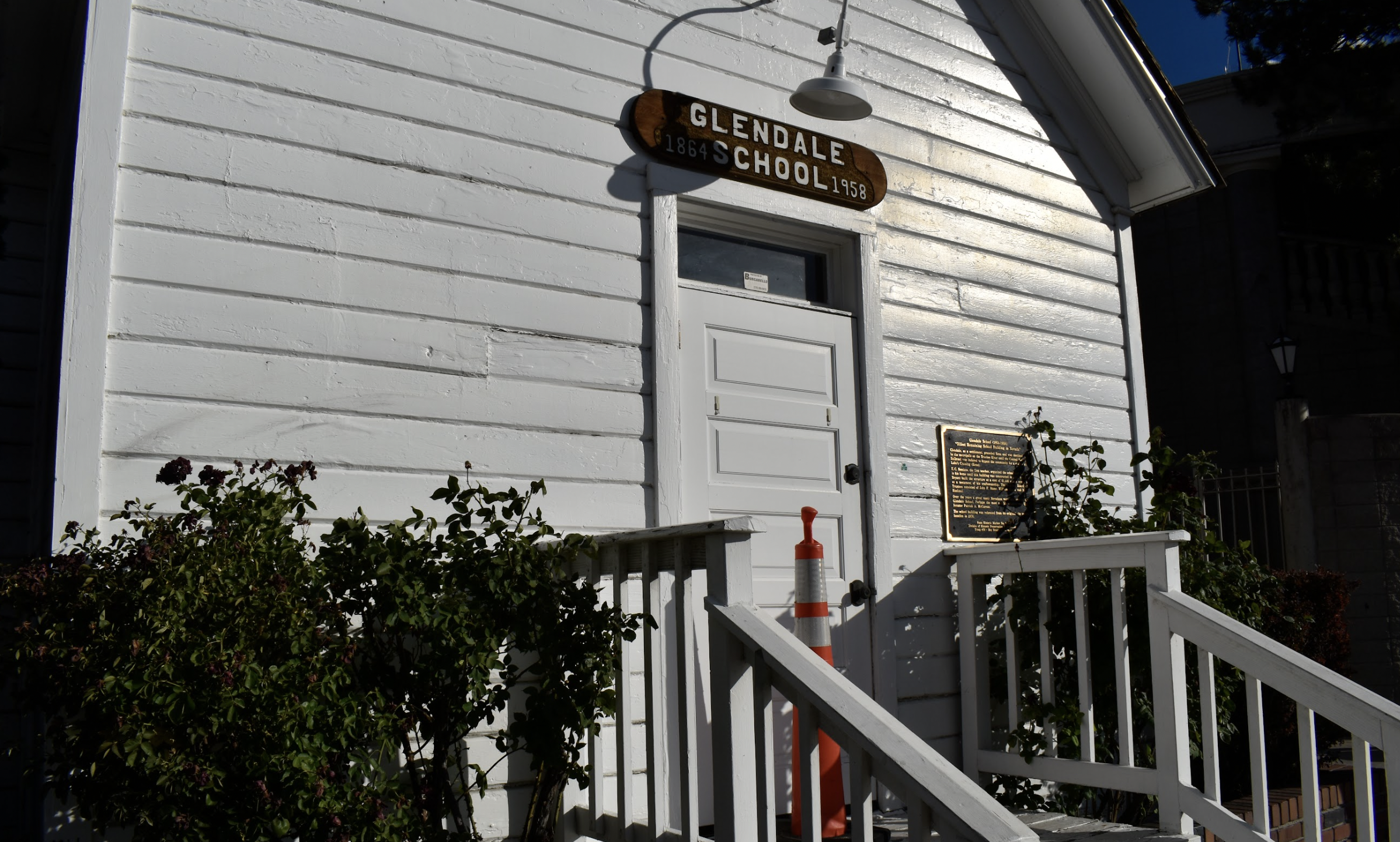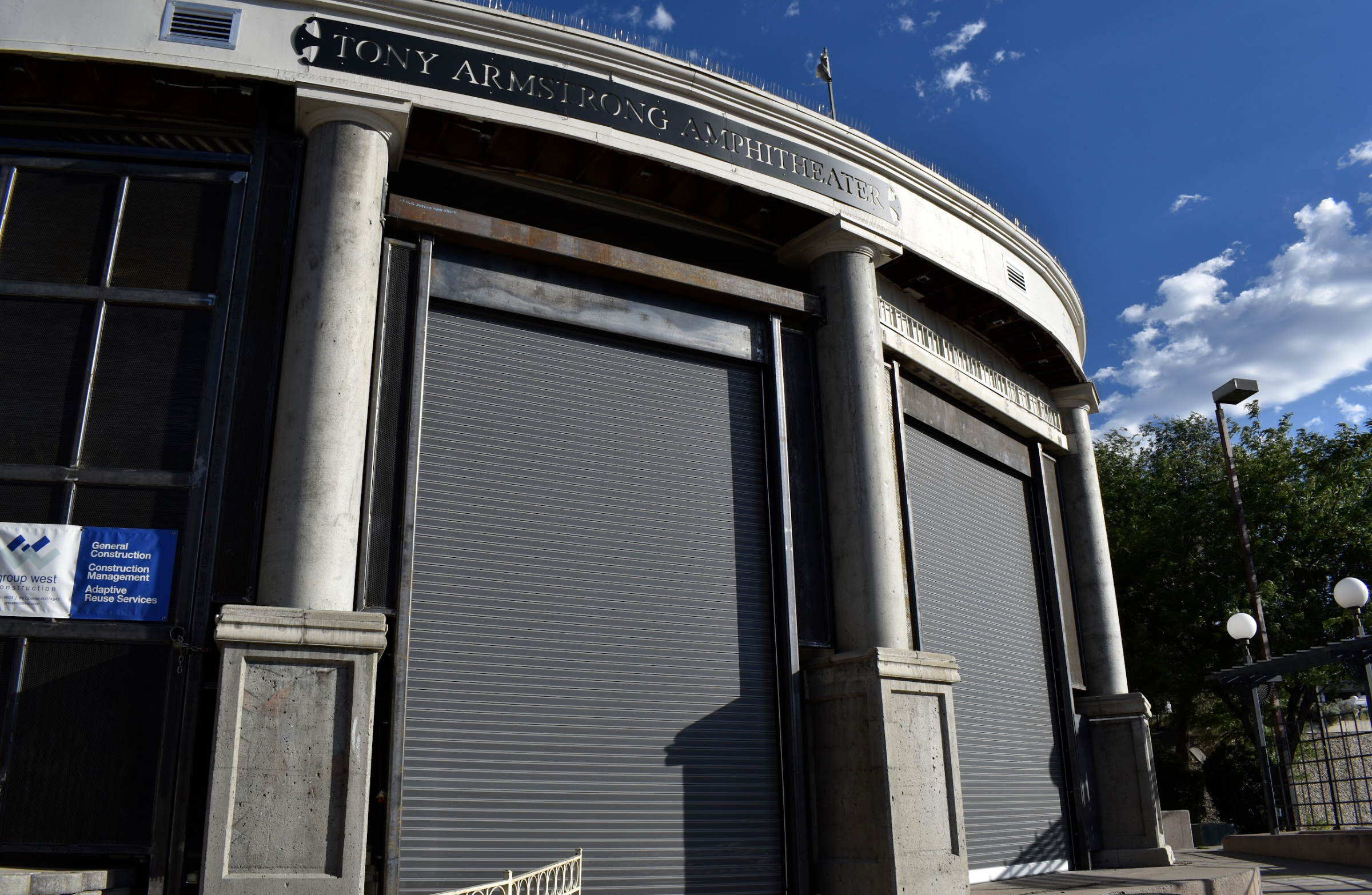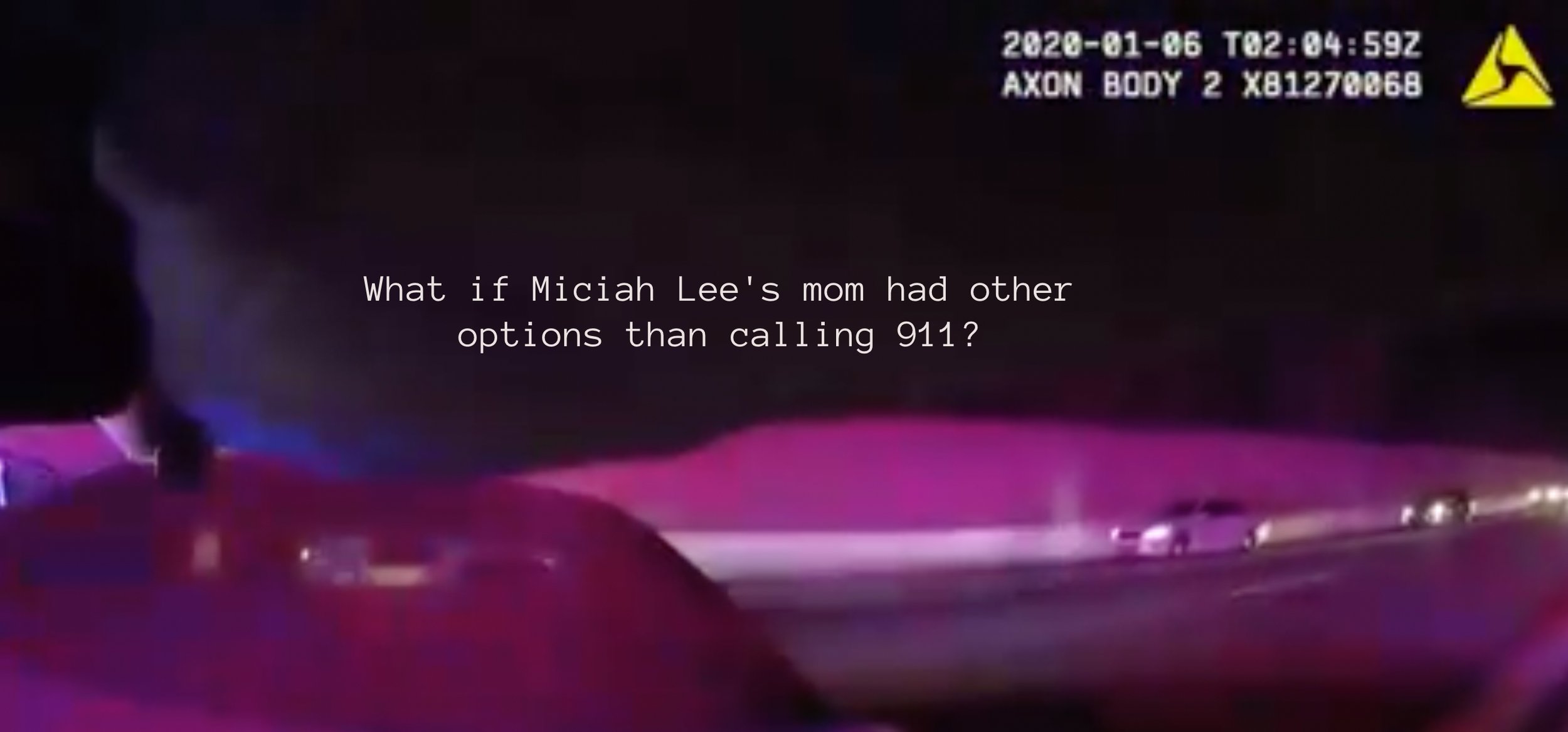A recent article in the In These Times progressive magazine makes the case for child welfare abolition and we gave it a close read, as last year we did a series on problems and challenges locally, from older kids wearing diapers in group homes, to former case workers quitting because onerous rules prevented them from actually helping families, to a mom fighting for years for reunification.
Nationally, a 12-minute CBS Sunday Morning segment last December made waves for detailing systemic issues, including inherent discrimination towards Black, Indigenous, brown and marginalized communities.
A staggering study found that more than half of Black children in the United States experience a CPS investigation. Research on mandatory reporting laws shows these “disproportionately affect poor and Black families.” Three quarters of children investigated it has also been found come through cases of “neglect,” usually related to poverty when their basic needs aren’t met.
The In These Times article also points to research indicating children entering the system fare worse on multiple measures than children left in their homes.
Sociologist and social justice advocate Dorothy Roberts recently wrote an article called “The Carceral Logic of Child Welfare” for Dissent Magazine, and last year published the book “Torn Apart: How the Child Welfare System Destroys Black Families — And How Abolition Can Build a Safer World.”
In a press release dating back to 2020, the University of Houston stepped center stage with its Graduate College of Social Work and Center for the Study of Social Policy launching the upEND movement “to end the current child welfare system and to reimagine new, anti-racist means of keeping children safe and protected in their homes.”
However, after the CBS segment aired Alan Detlaff, previously a child protection caseworker in Texas and then dean at that school, was demoted from deanship, one of many examples of child welfare abolitionists facing backlash in academia when going too far for the taste of some.
On CBS he had been quoted as saying: "What we have as a system now is a system that's responding to harm, and inflicting an intervention on those children that causes further harm.”
These warnings have been made for decades, leading researchers in the field to give up on reform and advocate for abolition instead.
Detlaff, who has remained outspoken despite the demotion, is quoted as saying current efforts are just trying to make the system “a little bit less racist, a little bit nicer and a little bit more palatable.”
In cases of kids being abused in their biological families, and then in foster care, like she experienced herself, Zara Raven, a Philadelphia-based organizer, warns “the state is another instrument of violence that tends to re-victimize survivors of abuse.”
Instead, as some of the people we interviewed in our own series last year, Raven wants “childcare collectives.”
The non-profit Just Making A Change for Families says it is “working to dismantle the family policing system while simultaneously investing in community support that keeps families together.”
Roberts, the author, would like to see social workers untied from government agencies, to free them so they can “reimagine and implement a new vision.”
Another article she wrote called “I Have Studied Child Protective Services for Decades. It Needs to Be Abolished,” was published by Mother Jones last year.
It pointed to data in New York City showing that during the COVID lockdowns the number of children separated from their families in the Big Apple fell dramatically, as did reports of child abuse and investigations related to child fatalities.
During that time, mutual aid groups stepped in, providing essential items to families in need, while child poverty was reduced like never before due to government checks, pointing to a clear abolitionist pathway.



































